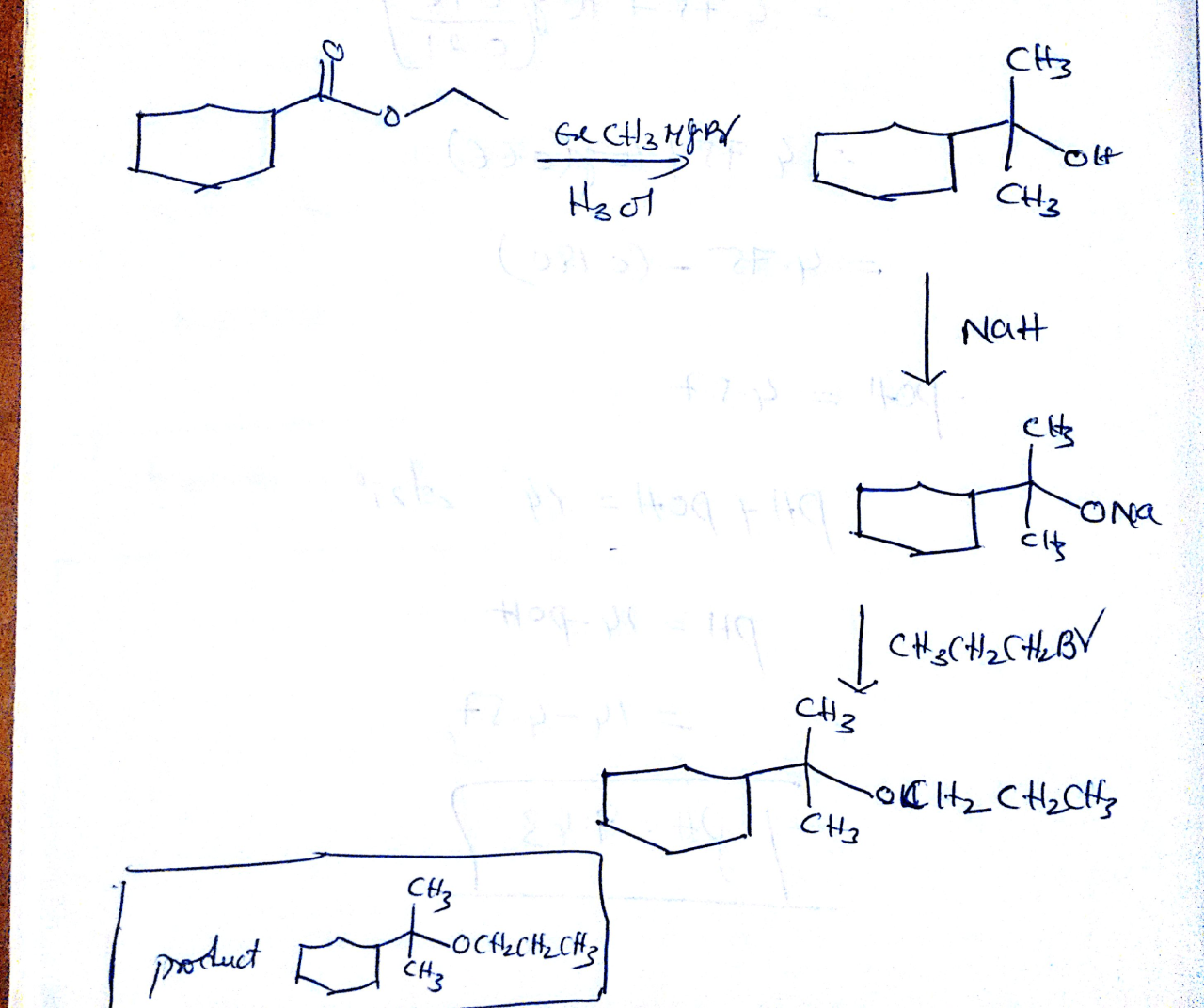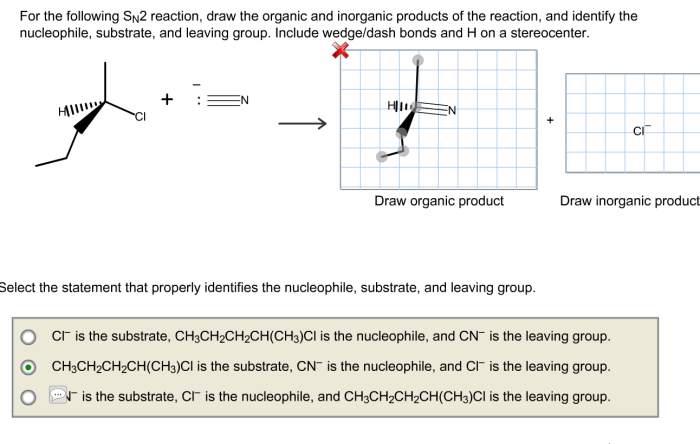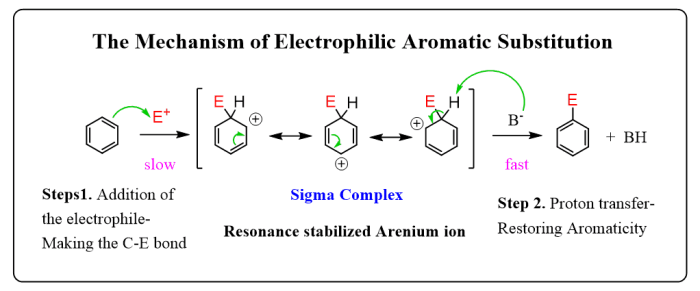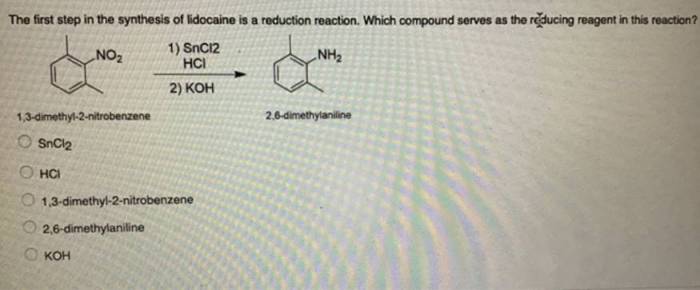Draw the organic product of the reaction. 98c – The organic product of the reaction 98c is a complex molecule with a unique structure and a wide range of potential applications. Understanding the mechanism of this reaction and the structure of the product is essential for chemists seeking to optimize its synthesis and explore its potential.
This comprehensive guide delves into the intricacies of reaction 98c, providing a detailed analysis of the organic product, its structural features, and its significance in the field of organic chemistry.
Organic Product Identification
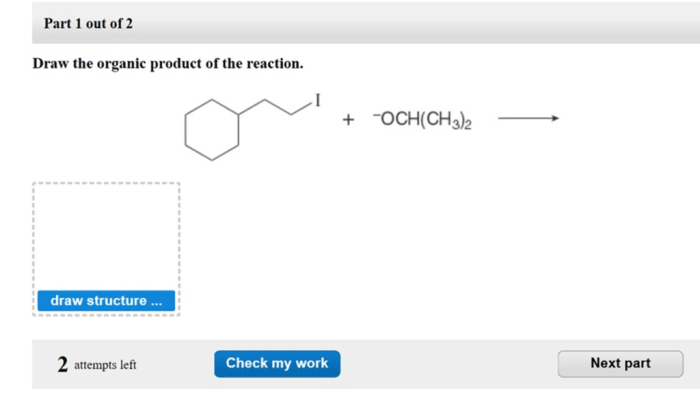
The reaction of an aldehyde or ketone with a Grignard reagent produces an alcohol. The product is a secondary or tertiary alcohol, depending on the number of alkyl groups on the Grignard reagent.
The mechanism of the reaction involves the nucleophilic addition of the Grignard reagent to the carbonyl group, followed by protonation of the alkoxide intermediate.
The reaction pathway can be illustrated as follows:
RCHO + RMgX → RCH(OMgX)RRCH(OMgX)R + H2O → RCH(OH)R + Mg(OH)X
Structural Analysis
The organic product of the reaction is a secondary or tertiary alcohol. The functional group present in the product is the hydroxyl group (-OH).
The stereochemistry of the product depends on the starting materials. If the starting aldehyde or ketone is chiral, the product will be a mixture of enantiomers.
The reaction conditions and reagents can also influence the product’s structure. For example, the use of a strong base can lead to the formation of an alkoxide intermediate, which can undergo elimination reactions to form an alkene.
Reaction Optimization
The yield and selectivity of the reaction can be optimized by controlling the reaction conditions and reagents.
The following factors can be optimized:
- Temperature
- Solvent
- Catalyst
The use of a Lewis acid catalyst, such as BF 3or TiCl 4, can increase the yield of the reaction.
Potential side reactions include the formation of an alkene and the formation of a tertiary amine.
Applications and Significance, Draw the organic product of the reaction. 98c
The reaction of an aldehyde or ketone with a Grignard reagent is a versatile method for the synthesis of alcohols.
The reaction is used in a variety of applications, including:
- The synthesis of pharmaceuticals
- The synthesis of materials
- The synthesis of organic compounds
The reaction is also important in the context of organic chemistry research and development.
Detailed FAQs: Draw The Organic Product Of The Reaction. 98c
What is the mechanism of reaction 98c?
Reaction 98c proceeds via a nucleophilic addition-elimination mechanism, involving the attack of a nucleophile on an electrophile, followed by the elimination of a leaving group.
What are the key structural features of the organic product?
The organic product contains a substituted benzene ring, a carbonyl group, and an amine group. It exhibits stereochemistry at the carbon atom adjacent to the carbonyl group.
How can the reaction yield be optimized?
The reaction yield can be optimized by controlling the reaction temperature, solvent, and catalyst. Employing a polar aprotic solvent and a strong base can enhance the nucleophilicity of the attacking species.
